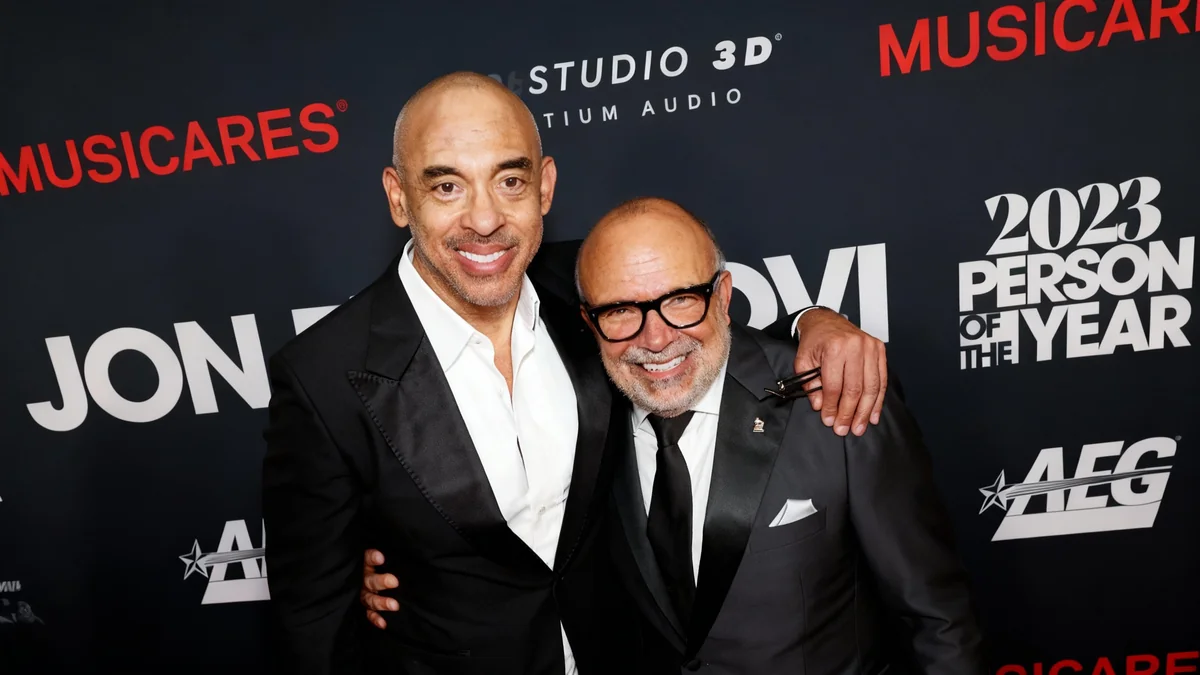Tommy Roe, a prominent figure in 1960s pop music, is recognized for pioneering the genre he termed 'soft rock.' His music, characterized by its catchy melodies and accessible style, achieved widespread popularity, particularly among younger audiences. This approach allowed Roe to remain commercially successful even as the musical landscape shifted significantly during the latter half of the decade.
Key Takeaways
- Tommy Roe developed 'soft rock' in the late 1960s to compete with British Invasion acts.
- His 1969 hit 'Dizzy' reached number one and stayed there for four weeks.
- Roe's music appealed to a broad audience, contrasting with the counterculture's more serious tones.
- He scored his first number one hit in 1962 with 'Sheila.'
- Roe once tried to get The Beatles signed to his label, but the idea was dismissed.
The Rise of Bubblegum Pop
During the late 1960s, a distinct musical trend known as bubblegum pop gained considerable traction. While rock bands like The Rolling Stones and The Beatles dominated the top of the Billboard charts, a significant portion of the audience, especially suburban youth, gravitated towards lighter, more upbeat sounds. Artists such as The Archies with their hit 'Sugar, Sugar' and Ohio Express with '(Yummy, Yummy, Yummy) I Got Love in my Tummy' exemplified this genre.
Tommy Roe, a singer from Georgia, became a key figure in this movement. He specialized in a style of easy listening infused with a sugary pop sensibility. This formula resonated well with the pre-teen market for several years.
Fast Fact
Tommy Roe's hit 'Dizzy' remained at the top of the charts for four weeks in March 1969, demonstrating its significant commercial appeal.
Early Career and British Invasion Foresight
Roe began his recording career at the start of the 1960s. He released several records featuring a lighter version of rock and roll. His first major success came in 1962 with the song 'Sheila,' which climbed to the number one spot.
The following year, Roe embarked on a tour of the United Kingdom. He was supported by a then-emerging band, The Fab Four, just as they were on the cusp of global fame, later known as Beatlemania. Roe was reportedly very impressed by their performance. He even made attempts to convince his record label, ABC-Paramount, to sign the Liverpudlian group.
"The worst piece of crap I’ve ever heard," a label representative reportedly said, dismissing The Beatles.
Despite this rejection, Roe recognized the shifting musical landscape. He anticipated the imminent arrival of the British Invasion, a wave of British musical acts that would soon dominate American charts.
Developing the 'Soft Rock' Concept
After a brief period in the Army Reserves, Roe began to strategize his return to music. He considered how he could maintain his relevance in a market increasingly influenced by British bands. He sought a distinctive sound that would allow him to compete effectively.
Roe articulated his thought process during this time. He reflected on the need for a new direction upon his return to the studio. This led him to conceive a fresh musical style.
"While I was in the service, I was thinking… when I get out, I’ve got to go back into the studio," Roe once stated. "What am I gonna do that will be different, that can compete with all these British acts? So I came up with the idea – I called it ‘soft rock’."
Roe's definition of 'soft rock' at the time differed from its later associations. For him, it represented an energetic and positive alternative to the more serious and often introspective West Coast sounds that defined the Woodstock generation. This formula proved successful for him.
Historical Context
The late 1960s saw a cultural divide in music, with bubblegum pop providing upbeat, lighthearted tunes as a counterpoint to the more serious, politically charged folk and rock music associated with the counterculture movement.
The Success of 'Dizzy'
Roe's innovative approach paid off with his second number one hit. Released in March 1969, the song 'Dizzy' quickly ascended the charts. It remained at the top spot for four consecutive weeks.
'Dizzy' presented a seemingly simple, effervescent fairground-style melody. However, it contained surprisingly complex musical arrangements, including multiple key changes. Despite its classification as bubblegum pop, many music critics and publications continue to include 'Dizzy' on lists of the greatest songs of the decade.
- 1962: 'Sheila' becomes Roe's first number one hit.
- 1963: Roe tours the UK with The Beatles as his support act.
- Late 1960s: Roe develops the 'soft rock' concept.
- March 1969: 'Dizzy' is released and tops the charts for four weeks.
Legacy and Influence
The musical landscape continued to evolve, with some rock acts moving towards more serious singer-songwriter styles, arena rock, or progressive rock. However, Roe's 'soft rock' and bubblegum pop inadvertently laid groundwork for future genres.
Punk and new wave artists, in particular, looked to the simplicity and directness of bubblegum pop as a template. Bands like The Ramones openly admired the bubblegum sound of their youth. Artists ranging from The Cars to Talking Heads later incorporated elements and licks from this earlier pop style into their own music, demonstrating its lasting influence.
Roe reflected on his creative process, suggesting an intuitive and almost mystical source for his songwriting. He described his best songs as flowing effortlessly.
"Some of my best songs flowed through me like water in a stream," Roe once revealed. "It’s as if they were sent to me from some musical place in the clouds. I have thought about this phenomenon for years, and I am no closer to understanding the process of songwriting."
This insight highlights the natural talent and creative intuition that allowed Roe to craft songs that resonated with millions and left a lasting mark on popular music history.




